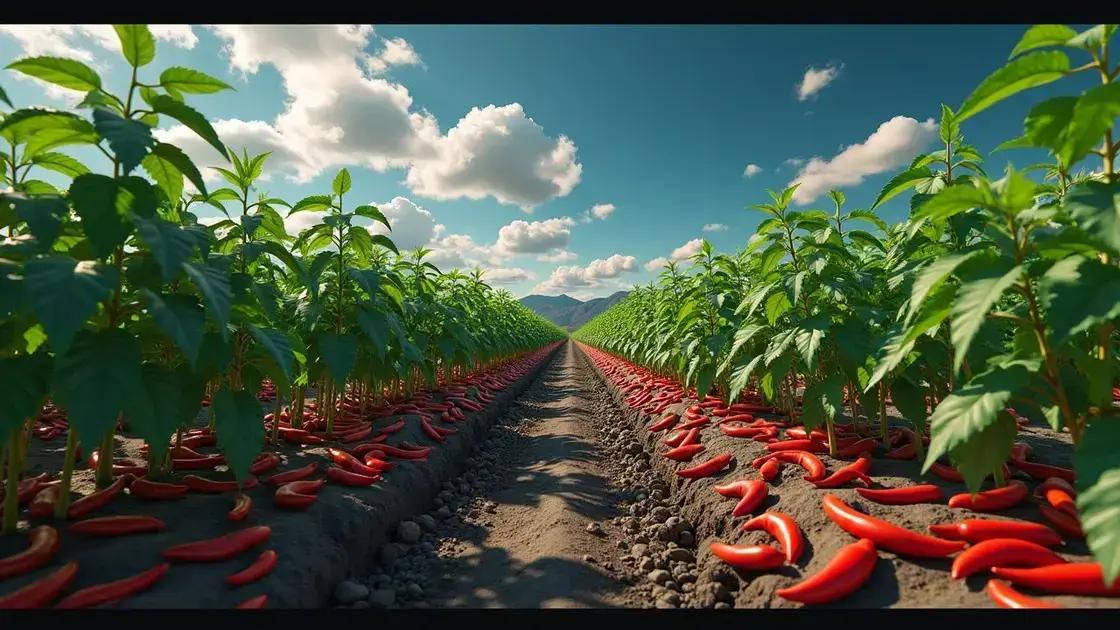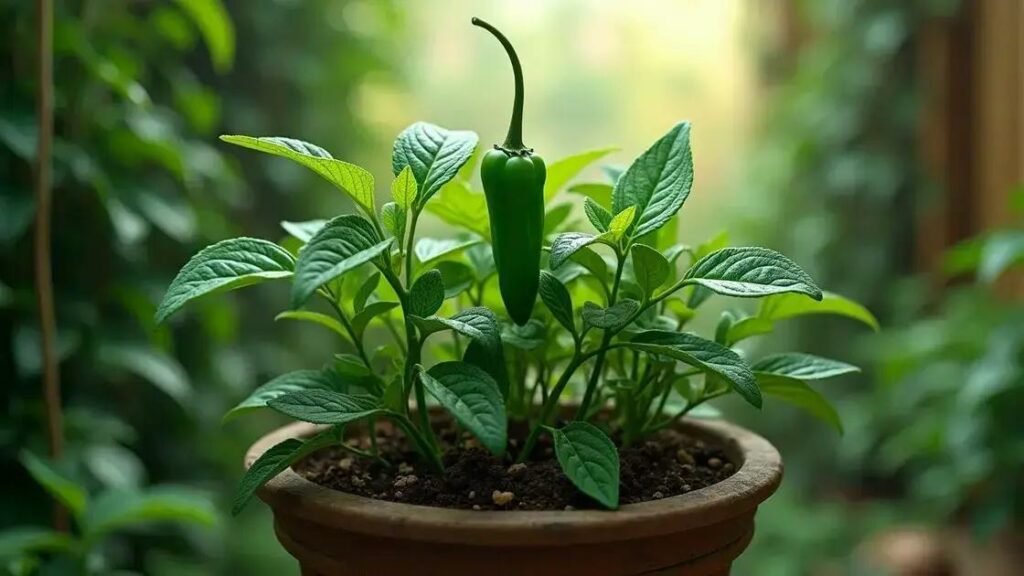How to care for a jalapeno plant is a question many gardening enthusiasts ponder as they dive into the world of spicy peppers. These vibrant green plants thrive under the right conditions, from water to soil composition. Understanding the specific needs of jalapenos sets the stage for a fruitful growing experience. Let’s explore effective strategies tailored to cultivate health and flavor.
Table of Contents
ToggleWatering schedule for jalapeno plants
Watering schedule for jalapeno plants is crucial to ensuring their health and productivity. Proper watering contributes to robust plant growth and an abundant harvest.
To establish an effective watering routine, consider the following factors:
- Soil moisture: Check the top inch of soil. If it’s dry, it’s time to water. Jalapenos prefer consistent moisture but can wilt if waterlogged.
- Weather conditions: Hot and dry weather may require more frequent watering, while cooler, damp conditions reduce the need.
- Growth stage: Young plants need more regular watering compared to established ones, which can tolerate slightly drier soil.
As a general rule:
- Water deeply once a week.
- In extremely hot weather, consider watering twice a week.
- Adjust the schedule based on rainfall and temperature changes.
Here’s an example watering schedule for jalapeno plants:
| Growth Stage | Watering Frequency | Notes |
|---|---|---|
| Seedlings | Every 2-3 days | Keep soil consistently moist |
| Transplants | Every 3-5 days | Water deeply to encourage root growth |
| Established | Once a week | Increase frequency in hot months |
Remember that overwatering can lead to root rot, so it’s essential to strike a balance. Enhancing your understanding of jalapeno plant needs is beneficial, and exploring indoor gardening techniques may also provide insights.
Optimal soil requirements for jalapenos

Optimal soil requirements for jalapenos are essential for healthy plant growth and fruit production. Choosing the right soil mix can significantly impact how your jalapeno plants thrive.
When selecting soil, consider the following criteria:
- Soil type: Jalapenos prefer well-draining soil that retains some moisture. A mix of loamy soil enriched with organic matter works best.
- pH level: Aim for a pH between 6.0 and 7.0. This range optimizes nutrient availability for jalapeno plants.
- Nutrient content: Ensure the soil is rich in essential nutrients. Amending with compost or well-rotted manure can enhance soil fertility.
Understanding soil amendments
Soil amendments can improve the structure and nutrient profile of your growing medium.
- Compost: Adds nutrients and improves soil texture.
- Perlite or vermiculite: Increases aeration and drainage.
- Organic fertilizers: Provide slow-release nutrients throughout the growing cycle.
Here’s a sample soil mix to support jalapeno growth:
| Ingredient | Proportion | Benefits |
|---|---|---|
| Loamy soil | 50% | Good drainage and moisture retention |
| Compost | 30% | Rich in nutrients and organic matter |
| Perlite | 20% | Improves drainage and prevents compaction |
Aligning your soil mix with these optimal requirements can lead to healthier plants and a more successful harvest. Additionally, exploring indoor gardening techniques can further benefit your gardening journey.
Sunlight exposure and care tips for jalapeno growth
Sunlight exposure and care tips for jalapeno growth are crucial for achieving healthy plants and maximizing yield. Proper light conditions can significantly influence the growth rate and fruit quality of jalapenos.
Jalapeno plants thrive with ample sunlight, requiring about 6 to 8 hours of direct sunlight daily. Here are some essential tips for managing sunlight exposure:
- Location placement: Plant your jalapenos in a sunny spot, such as a south-facing garden bed or near a south-facing window for indoor plants.
- Use of barriers: If growing outdoors, ensure that taller plants or structures won’t shade your jalapenos, as they need full sun to flourish.
- Maintenance of indoor lighting: If you’re cultivating jalapenos indoors, consider using grow lights, especially during shorter days in winter.
Signs of inadequate sunlight
Monitor your plants for indications of insufficient light:
- Stunted growth: Plants may grow leggy or remain small without enough sunlight.
- Poor flowering and fruiting: Limited light can reduce the quantity and size of the fruits.
- Leaf discoloration: Leaves may turn yellow if the plant is not getting adequate sunlight.
Considering these factors will help you optimize sunlight exposure for your jalapeno plants. Additionally, exploring indoor gardening techniques can provide further insights into effective plant care.
In conclusion
Caring for jalapeno plants requires attention to various factors, including proper watering schedules, optimal soil conditions, and sufficient sunlight exposure. By following these essential tips, you can cultivate healthy jalapenos that yield bountiful harvests. Remember to monitor your plants regularly and adjust your care routine as needed for the best results. For additional insights, consider exploring tips on enhancing your indoor garden to further elevate your gardening experience.

